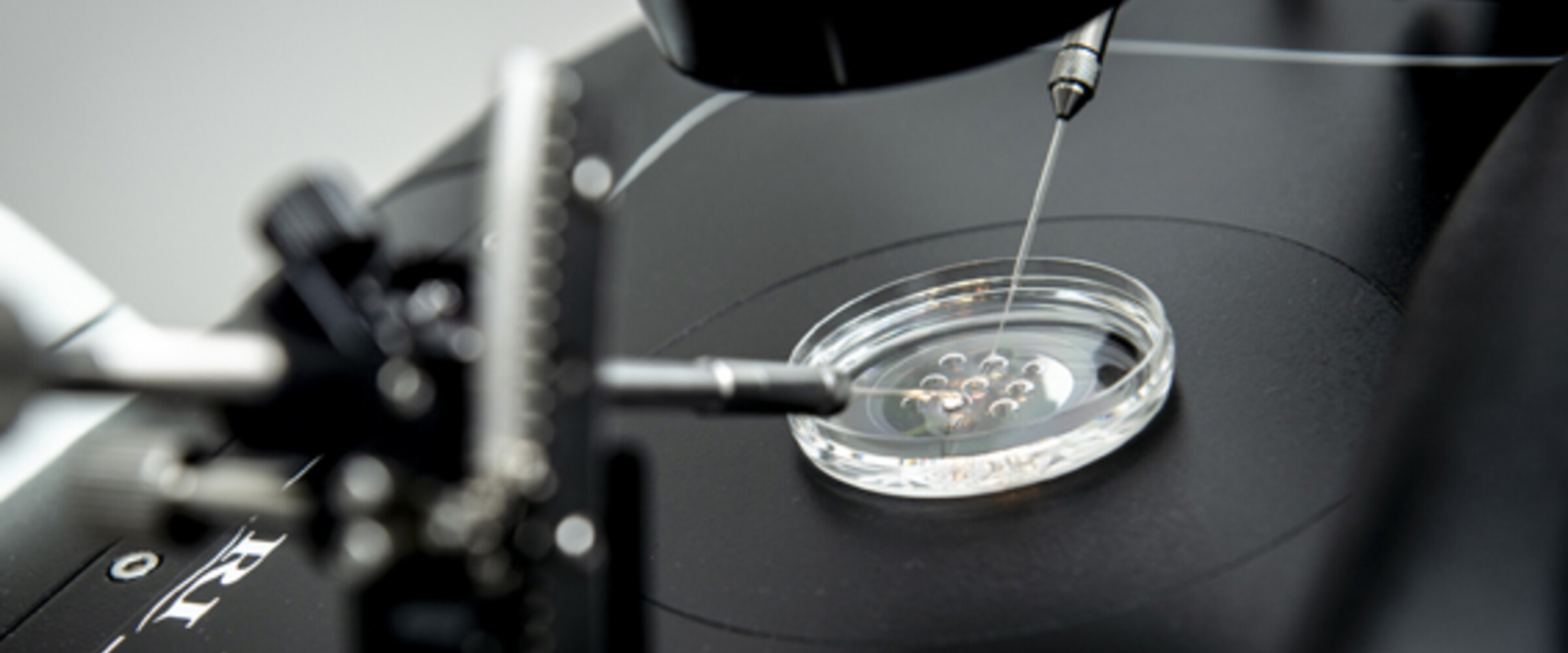
In Vitro Fertilization (IVF) 101: What to Expect
For couples struggling to conceive naturally, In Vitro Fertilization (IVF) has been a beacon of hope, offering a path to parenthood. However, the IVF journey can be a complex and emotional one. In this blog post, we'll take you through a typical IVF process step by step, providing a comprehensive overview of what to expect.
Step 1: The Initial Consultation
Your IVF journey usually begins with an initial consultation at a fertility clinic. During this meeting, you'll meet with a reproductive specialist who will assess your medical history, conduct various tests, and discuss your fertility goals. This is a crucial step to determine if IVF is the right option for you.
Step 2: Medication and Ovarian Stimulation
If IVF is recommended, the next phase involves ovarian stimulation. Women are prescribed fertility medications to stimulate the ovaries to produce multiple eggs. Monitoring through blood tests and ultrasounds helps ensure the eggs are developing correctly.
Step 3: Egg Retrieval
Once the eggs have matured, a minor surgical procedure known as egg retrieval or egg collection is performed. This is usually done under conscious sedation. A thin needle is inserted through the vaginal wall into the ovaries to collect the mature eggs. The eggs are then immediately handed in to the laboratory.
Step 4: Sperm Collection and Fertilization
On the same day as the egg retrieval, if a male partner is involved, usually the male partner provides a semen sample. The sperm is then combined with the eggs in the laboratory. In some cases, Intracytoplasmic Sperm Injection (ICSI) may be used, where a single sperm is injected directly into an egg to facilitate fertilization.
Step 5: Embryo Culture and Monitoring
The fertilized eggs (embryos) are cultured in the lab for several days, typically five or six. During this time, they are monitored for signs of healthy development. The embryologist assesses the quality of the embryos, and the best ones are selected for transfer.
Step 6: Embryo Transfer
Around five days after the egg retrieval, the selected embryos are transferred into the woman's uterus. This is a relatively simple procedure. The number of embryos transferred depends on various factors, including age and embryo quality. Usually only multiple embryos are transferred in specific cases. This will be discussed with the medical team based on individual circumstances.
Step 7: The Wait and Pregnancy Test
Following the embryo transfer, there's a waiting period, typically around 10-14 days. This is often referred to as the "two-week wait". After the 14 days, you'll be advised to take a pregnancy test to determine if the IVF cycle was successful. The waiting period can be emotionally challenging, as it's a time of uncertainty.
Step 8: Pregnancy and Beyond
If the pregnancy test is positive, congratulations! You'll work closely with us for the early stages of pregnancy monitoring. If the test is negative, it's important to discuss the next steps and potential adjustments to the treatment plan with your medical team.
In Vitro Fertilization (IVF) can be a transformative journey, offering new hope to those longing for a family. While it comes with its share of challenges, understanding the process and what to expect can help alleviate anxiety and empower you to make informed decisions. Remember that each IVF journey is unique, and the guidance of a skilled fertility specialist is invaluable in navigating this path to parenthood. It is always recommended to discuss your thoughts and concerns with your doctor and clinic.

